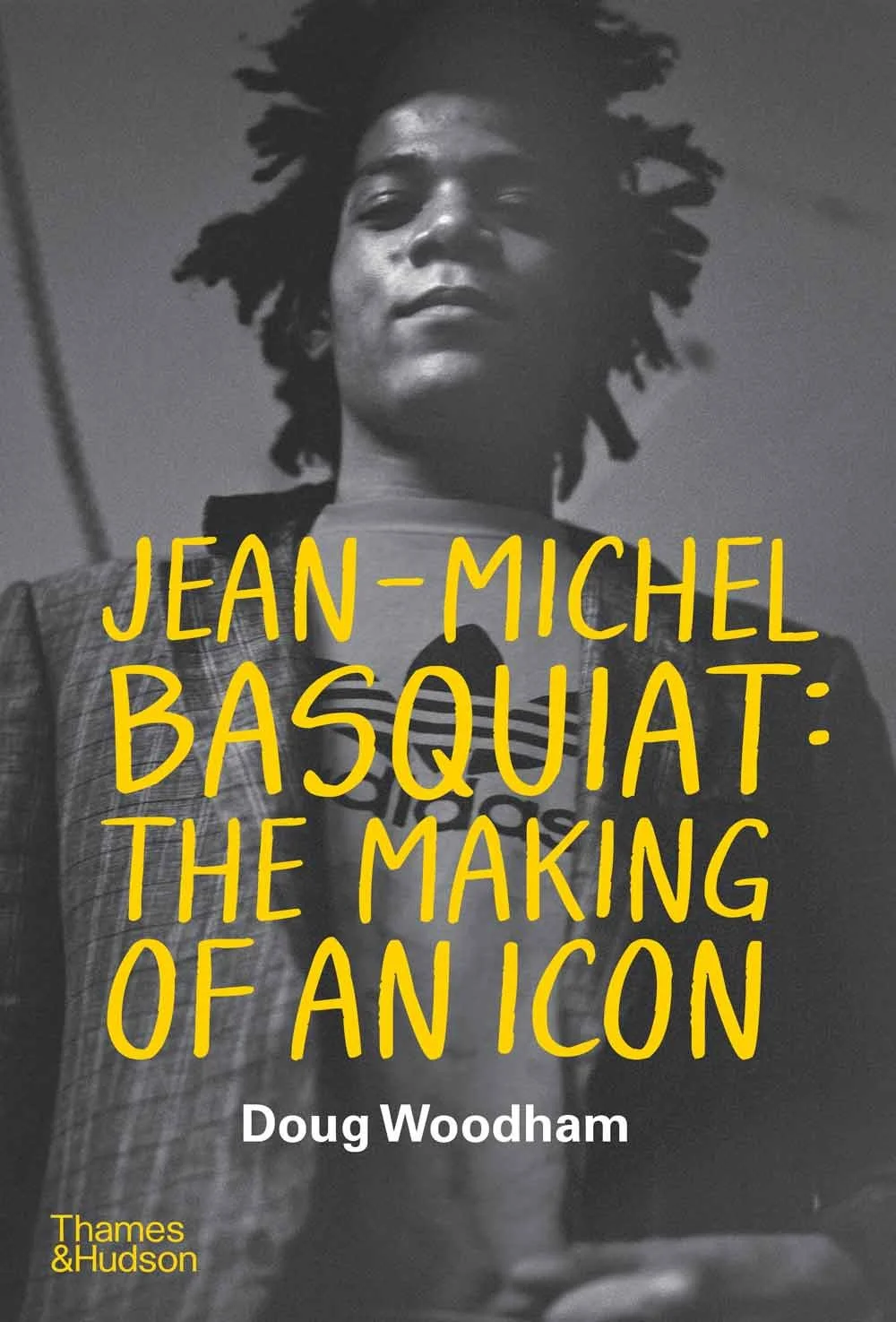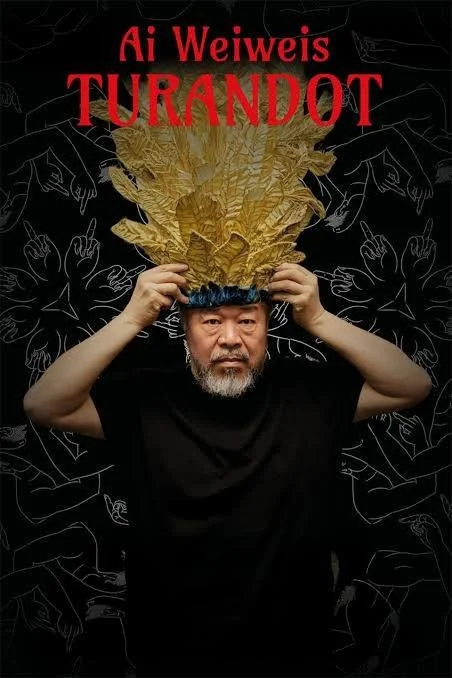By Hanna Rose
The importance of the arts is often overlooked, but if you think about it, we rely on it to enhance many significant milestones in our lives.
We choose songs for special occasions like weddings and funerals, we watch movies for pure escapism, we read poetry that resonates and we choose art for our homes to look at every day. When we get in the car, we turn the radio on or listen to music at the gym.
In fact it was Winston Churchill who when asked if they should cut funding to the arts during war efforts, he replied ‘but what else are we fighting for?’ Such was his understanding of the importance of the arts in our lives.
I urge any parent to encourage creativity in their children. It provides downtime in our tight schedules, it stimulates the imagination, and in fact, it was Jerry Saltz, one of the world’s most famous art critics - says that it teaches us empathy – a skill we surely want for all of our children. Because if you can look at any work of art and view it through the eyes of the creator, you are gaining a new perspective. In fact Jerry Saltz said that when he saw the incredible 10ft marble sculpture of David for the first time, with his anatomically perfect physique, he wondered if Michelangelo created it as the body he wanted but could never have!!
In fact the whole world could benefit from new perspectives and seeing things through the eyes of others. Empathy in turn teaches compassion and understanding.
What was the inspiration for your creative work?
This particular work was produced with the awareness that I feel a tension between wanting to paint free of thought and wanting to paint with consideration and planning. I am also aware that knowing when to stop is important.
My work is driven by spontaneity and intuition and I have to restrain myself sometimes from throwing everything at the painting. However, I also like to paint purely for the act of painting, and the tension I feel between the two is where I need to find the right balance, hence the name of this painting.














































































